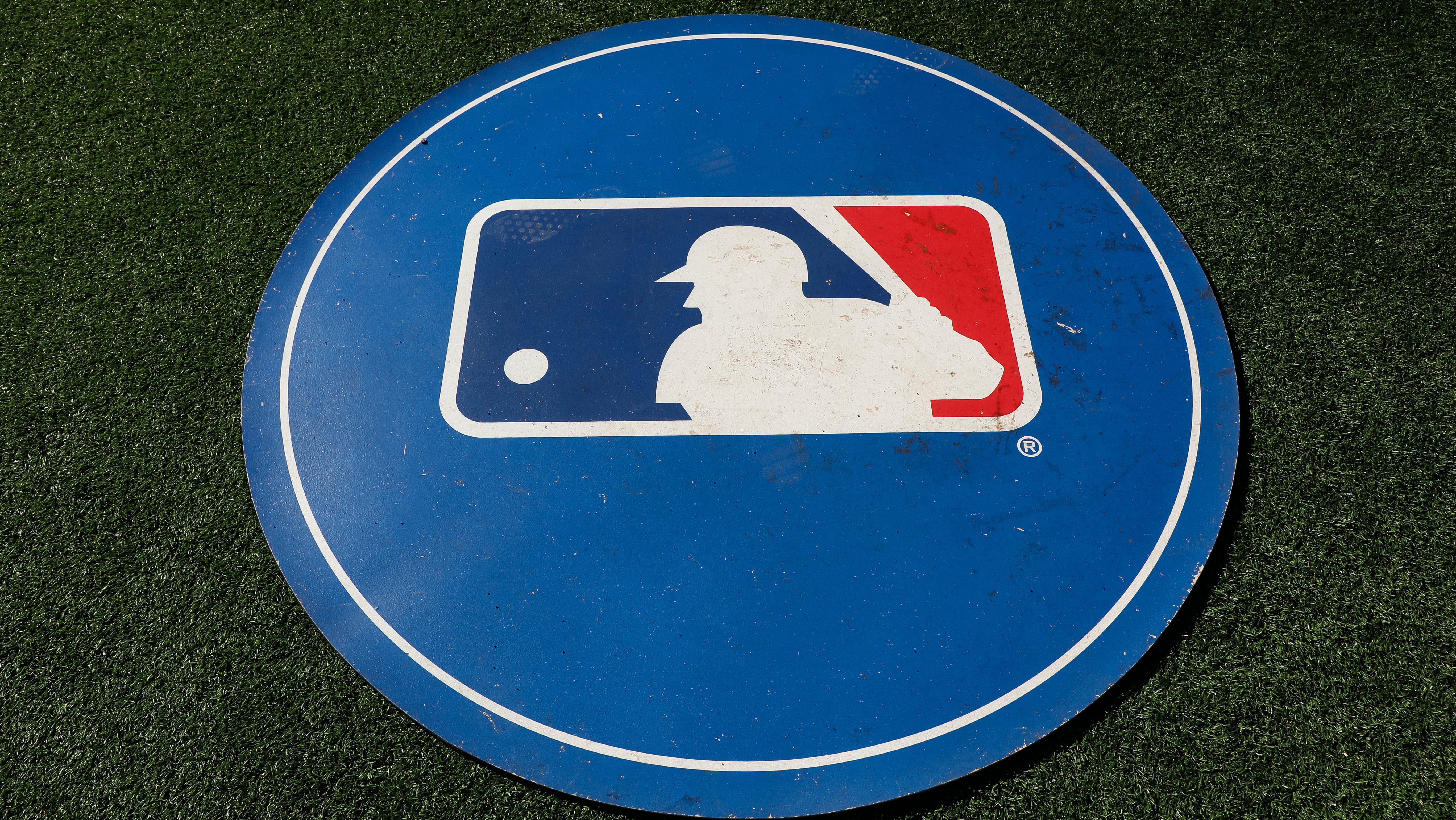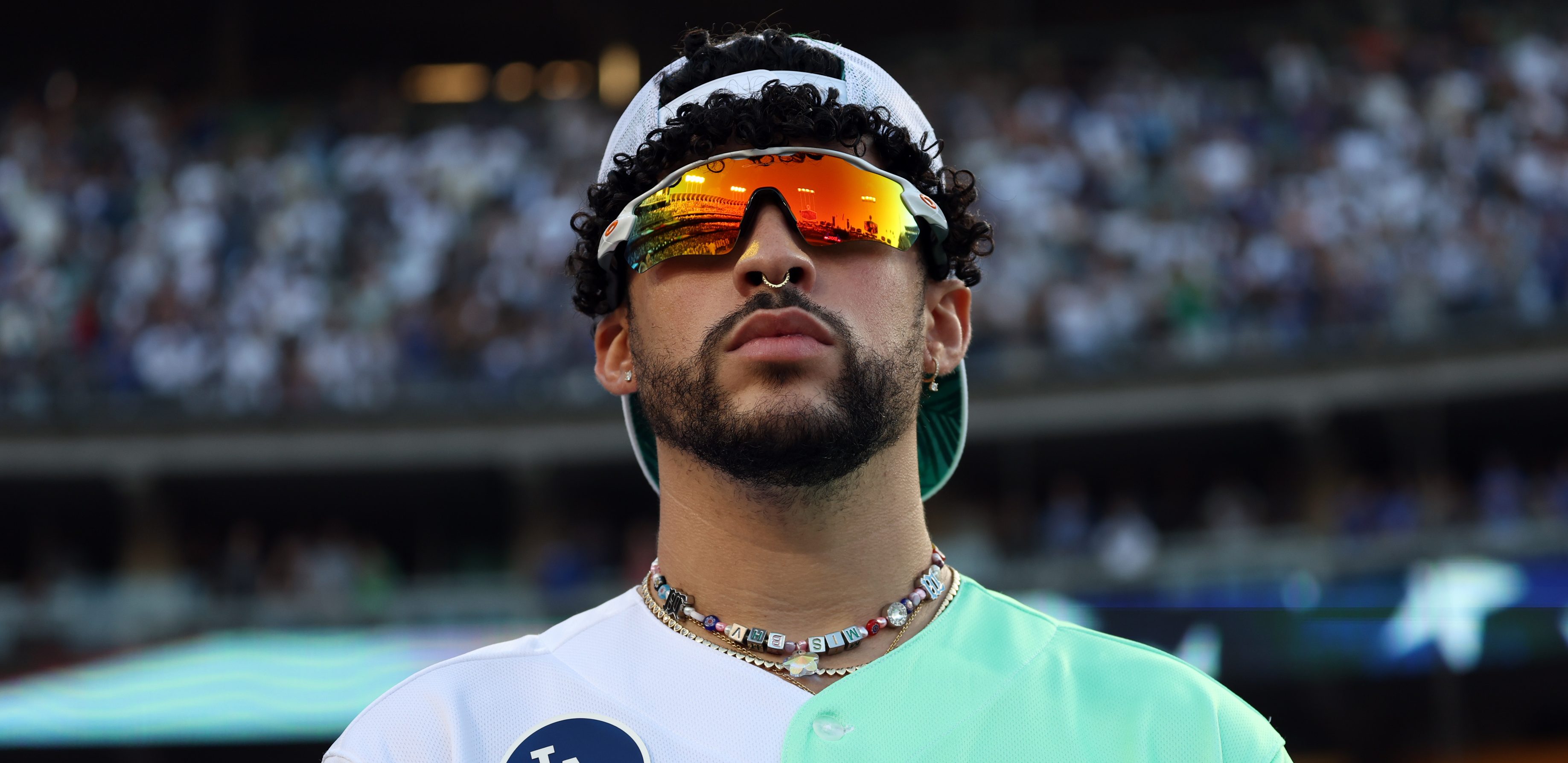After the Cubs won their first National League pennant since the year World War II ended, Lukas McKnight found himself on the Murphy’s Bleachers rooftop, part of a small group watching Eddie Vedder play piano and sing Pink Floyd songs at the famous sports bar behind Wrigley Field.
Tracking the Cubs as October turned into early November became an all-consuming pursuit, an alternative universe where you would keep bumping into Bill Murray or John Cusack and have to remind yourself to do things like call home, pay the bills and do your laundry.
McKnight grew up in Chicago’s northern suburbs and got drafted by the Cubs in 2000. Four years later, with his career stalling in the minors, he had evolved into almost a player/coach, paired up as a kind of personal catcher for a young lefty with a great curveball and control issues. That would be Rich Hill, the late bloomer who teamed up with Clayton Kershaw to throw back-to-back shutouts and give the Los Angeles Dodgers a 2-1 lead in that NL Championship Series.
By 2005, Jim Hendry’s front office had seen enough potential to make McKnight an area scout, sending him all over the Upper Midwest, Ohio Valley region and Florida. Theo Epstein’s group would eventually promote McKnight to assistant director of amateur scouting, giving him a seat at the table when the Cubs drafted future World Series heroes Kris Bryant and Kyle Schwarber.
“I would say surreal,” McKnight said. “Like you knew you were there, but you’re kind of floating six feet above the ground the whole time.”
At least that’s how it felt by the end, at a safe distance from the Cleveland Indians and a World Series Game 7 that lasted 10 innings and attracted more than 40 million viewers, becoming Major League Baseball’s most-watched TV event in 25 years.
“The thing that always stands out is just the swings of emotion,” McKnight said. “For me, it was probably even more than most because I lived it so long. I’ve been part of teams where it looked like you were going to be there – and you failed.
MLB
“It’s just knowing that feeling. And then when you get all the way to the World Series and thinking: To fail at this point, it’s going to feel even worse than it felt in ’03 and ’08.
“It was those wild, wild swings of emotion. Great senses of relief when you win – and an even lower stage when you lose. That’s what really stood out to me over the course of it. But the fulfillment when we win, that’s an emotional feeling as well. It’s almost like the culmination of my being.”
After his father, Scot, finished working on his doctoral dissertation in theology at the University of Nottingham, McKnight moved from England back to Libertyville just in time to get hooked on the 1984 Cubs. At the age of four, McKnight followed the lightning-in-a-bottle team that won 96 games and blew a 2-0 lead over the San Diego Padres in a best-of-five NLCS, the beginning of a familiar pattern of heartbreak.
What was it about this group of young stars, role players and established veterans that allowed them to dig out of that 3-1 hole against the Indians and accomplish what no Cub team had done since 1908?
“The pragmatist in me would say: No. 1, this is probably the best Cubs team we’ve ever seen,” McKnight said. “I know there’s been some other teams where we’ve won a lot of games. But I just can’t think of a lineup that’s ever been this strong. And obviously a defense – especially now that we’re able to quantify the defense a little bit more – where we could put together a world-beater (unit) that made us maximize our pitching.
“The pitchers staying healthy – and Joe (Maddon) being able to work the staff to where no one was really overworked and the (starters) were a little stronger going down the stretch – I think all those things contributed. Ultimately, I think it was a better team.
“And I think this is just a really, really strong makeup team. You always want to build a (team that way). But you can’t manufacture the players. You kind of have to go with who’s available to you. But I think we got a lot guys (where) we’re going to look back and think they’re special makeup guys.
“Kris Bryant just kind of being unflappable. Kyle Schwarber being able to step up and do the things he does. Leadership guys with Jon Lester and David Ross – it kind of goes on – Anthony Rizzo is in that group as well. You just go around the diamond – and everybody’s a separator and a difference-maker from a makeup standpoint.
“It’s like anything, winners can kind of get to write history. So you go back, when the ball falls in your favor and you win, you’re going to remember it probably a little bit more fondly than you would otherwise.
“But I think even objectively – you look at this team and it’s pretty unique. And then the subjective with the makeup – I think you look around and it’s hard to remember teams being that strong and that complete makeup-wise.”
[SHOP: Gear up, Cubs fans!]
Still, it didn’t truly hit McKnight until the morning of Nov. 4, riding in a trolley from Wrigley Field toward what would be guesstimated to be one of the largest gatherings in the history of, um, human civilization.
“You actually realized the scope of it and how many people you had touched,” McKnight said. “You heard the (projections): There’s going to be four or five million people there. For whatever reason, it didn’t click. It might have been the champagne still flowing in my veins or whatever.
“But then you start driving. And you’re going down Addison and every street is 30-people deep all the way to the highway. And then you get on Lake Shore Drive, and it’s five-people deep all the way to downtown. And then you get to downtown, and it was just absolutely staggering.
“It just kind of overwhelmed you. You started taking pictures and every street was more packed than the last the closer you got to Grant Park. To me, that’s where it just got a little bit staggering and kind of overwhelming on what had actually happened and how impactful this had been for so many people.
“I know it was kind of the perfect storm, right? Chicago Public Schools didn’t have school that day. Who could ever account for weather like that in early November? So there were a lot of reasons why so many people showed up. But that was to the point where it turned from just exhilaration to kind of overwhelming and what this meant.
“Obviously, it was huge for an organization. But to see what kind of impact it had for a city and a metropolitan area – that part was just staggering.”
That breathtaking scene and the sensory overload should leave the Cubs wanting more. On the night they clinched the franchise’s first pennant since 1945, the Cubs started two rookies who began this season at Triple-A Iowa – catcher Willson Contreras and outfielder Albert Almora Jr. – in a young lineup that featured NL MVP Bryant (24), All-Stars Rizzo (27) and Addison Russell (22), NLCS co-MVP Javier Baez (23) and Cy Young Award finalist Kyle Hendricks (26).
Vedder and Pearl Jam just got selected for the Rock and Roll Hall of Fame’s 2017 class. After a Christmas break, the Cubs will start gearing up for the 2017 draft in early January with preliminary meetings in Chicago. This is why Vedder won’t be planning future Pearl Jam tours for October, but maybe you’ll see him one night over at Murphy’s.
Beginning tonight at 6:30 p.m., CSN Chicago will replay all 11 playoff wins, part of a programming block that will run through the day after Christmas, featuring sit-down interviews with Cubs personnel, a look back at the championship parade and Grant Park rally and fresh content on CSNChicago.com.
More stories from Behind the scenes at Wrigley
Behind the scenes at Wrigley: A Giant comeback launched a new generation of Cubs


